In 1945, De Dienes was the first professional photographer to photograph a model named Norma Jeane Baker before she became Marilyn Monroe.
One of Marilyn’s first lovers, de Dienes photographed Monroe privately in 1945, 1946, 1949 and 1953.
In doing so, he captured a young and ambitious woman in the early stages of becoming maybe the most iconic star in the history of American cinema. And the sensitivities, as well as the darker, more troubled nature of the star, who died of a Barbiturate overdose in 1962 after suffering from mental illness and substance abuse for several years.
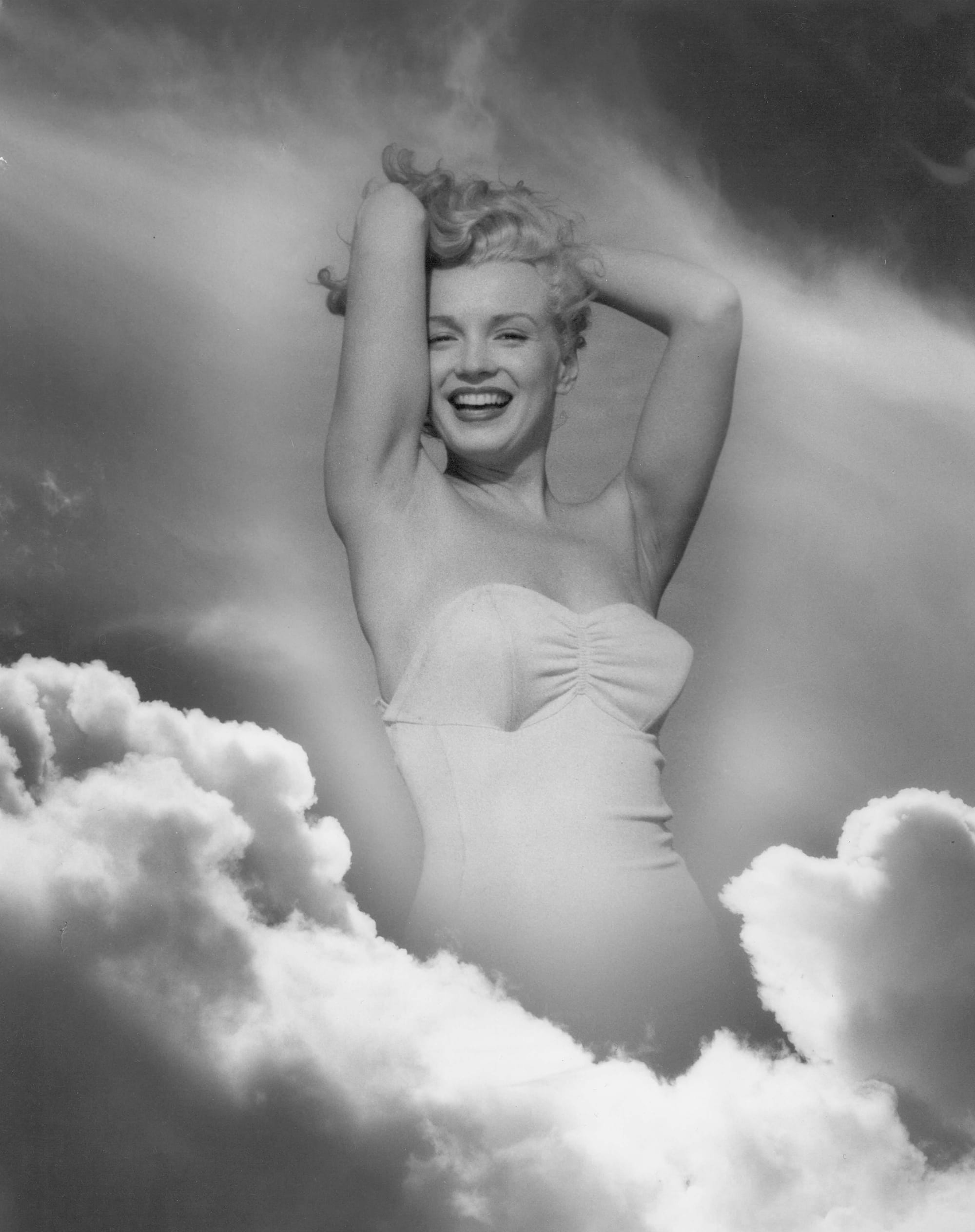
In November 1945, de Dienes, a successful New York fashion photographer, moved temporarily to Hollywood. His first task was to find a model for his experimental, often nude photography.
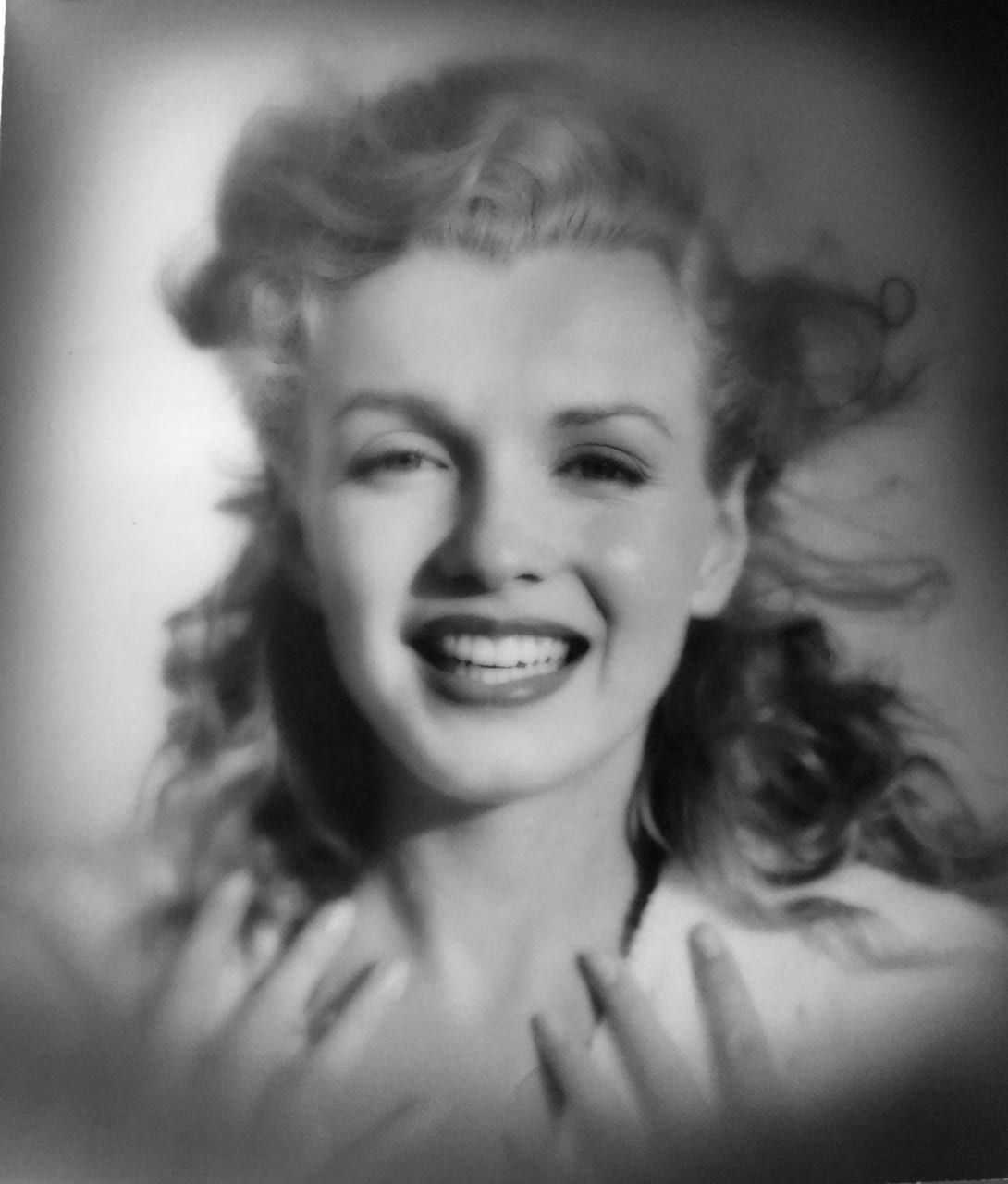
De Dienes called numerous modeling agencies until an agency sent over a young lady who had been camping out in the office, eager to get her start in Hollywood.
It was Norma Jeane Baker, a 19-year-old “miracle”, as de Dienes wrote in his 1983 memoir.
De Dienes didn’t take any nude photographs of young Norma Jeane, but invited her on a five-week trip.
Though the trip resulted in a brief marital engagement, de Dienes returned to New York and their romance did not withstand the distance.
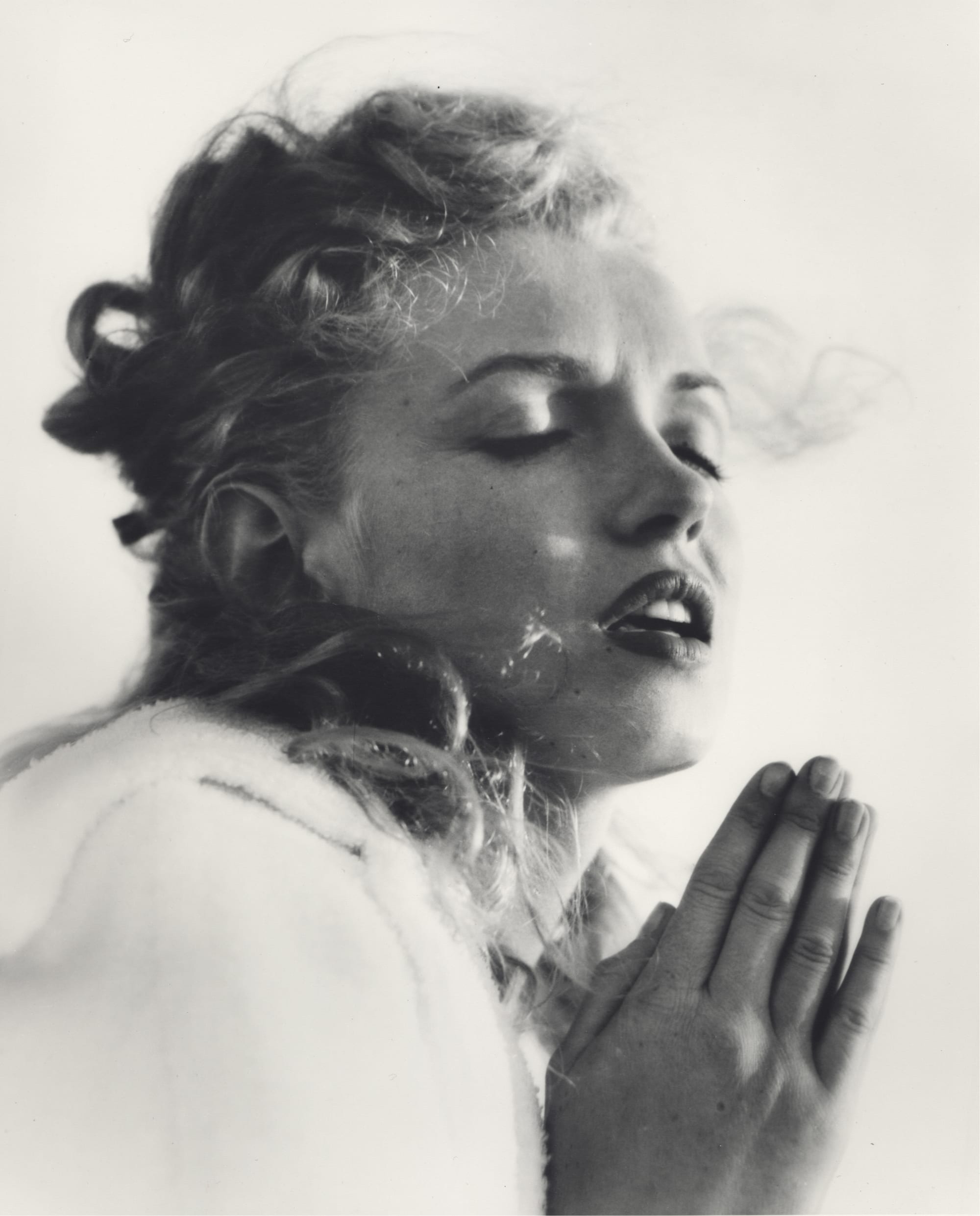
When he returned to California some months later, de Dienes found that the young and innocent model he knew as Norma Jeane was now a budding actress, who went by the name of Marilyn Monroe.
Still fascinated by her, he asked Marilyn to accompany him to a beach in Malibu, where he took photographs for a book of poetry and philosophy he wanted to illustrate.
The rare, large-scale photographs he made on that day at the beach in 1946 show Marilyn acting out various moods – happiness, introspection, serenity and sadness.
In the summer of 1949, Marilyn’s star began to rise. In New York for the first time she called de Dienes, telling him: “Andre, let’s take pictures again! Let’s make history! Do you have a nice bathing suit I can wear?”
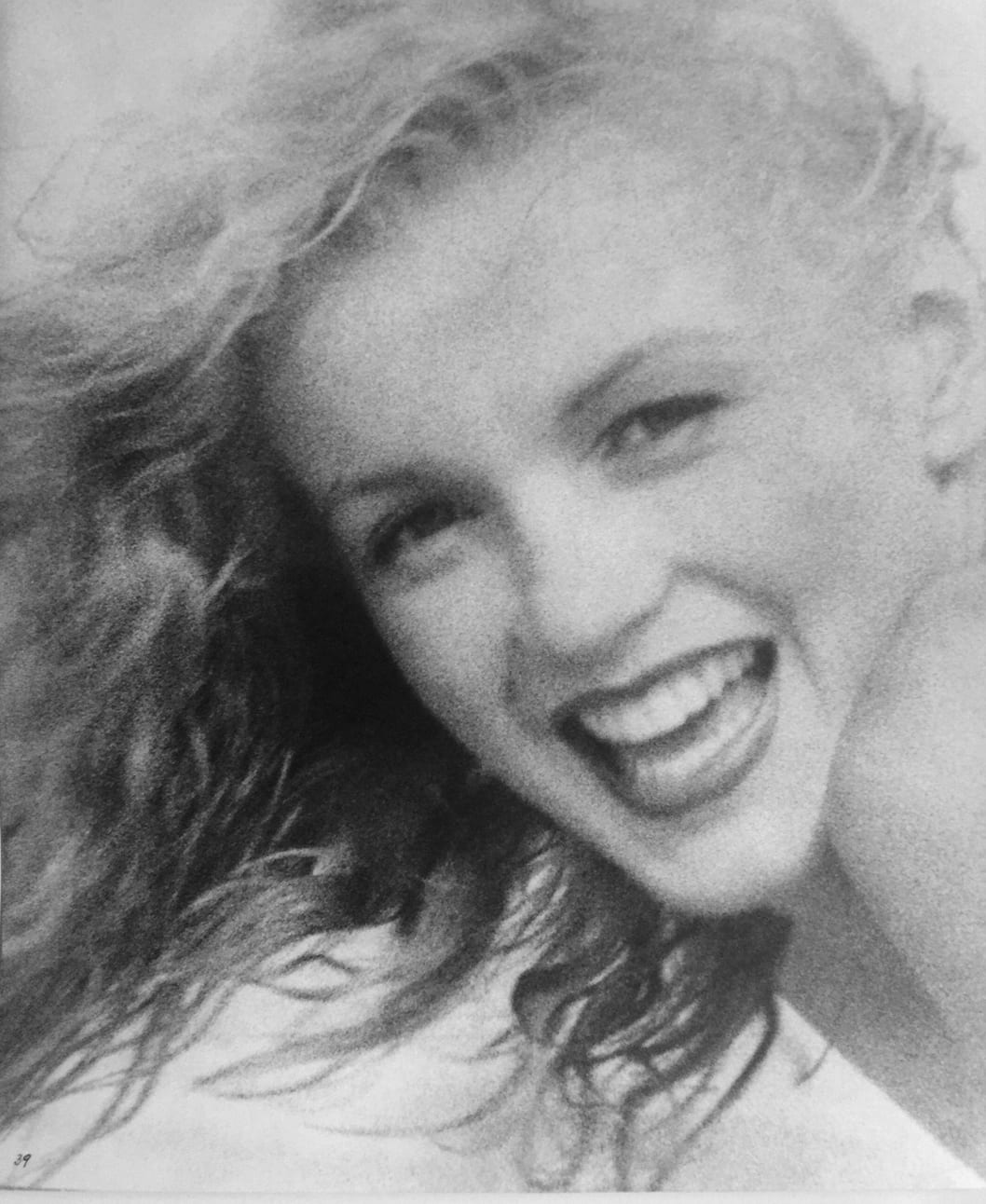
When he picked her up at the Pierre hotel, he discovered “a magnificent, elegant young woman, sophisticated like [he had] never seen her before.”
But de Dienes preferred “a very casual Marilyn” for his pictures. He took her out of Manhattan to Tobay Beach on Long Island. “She returned to the innocent girl I first met,” de Dienes said.
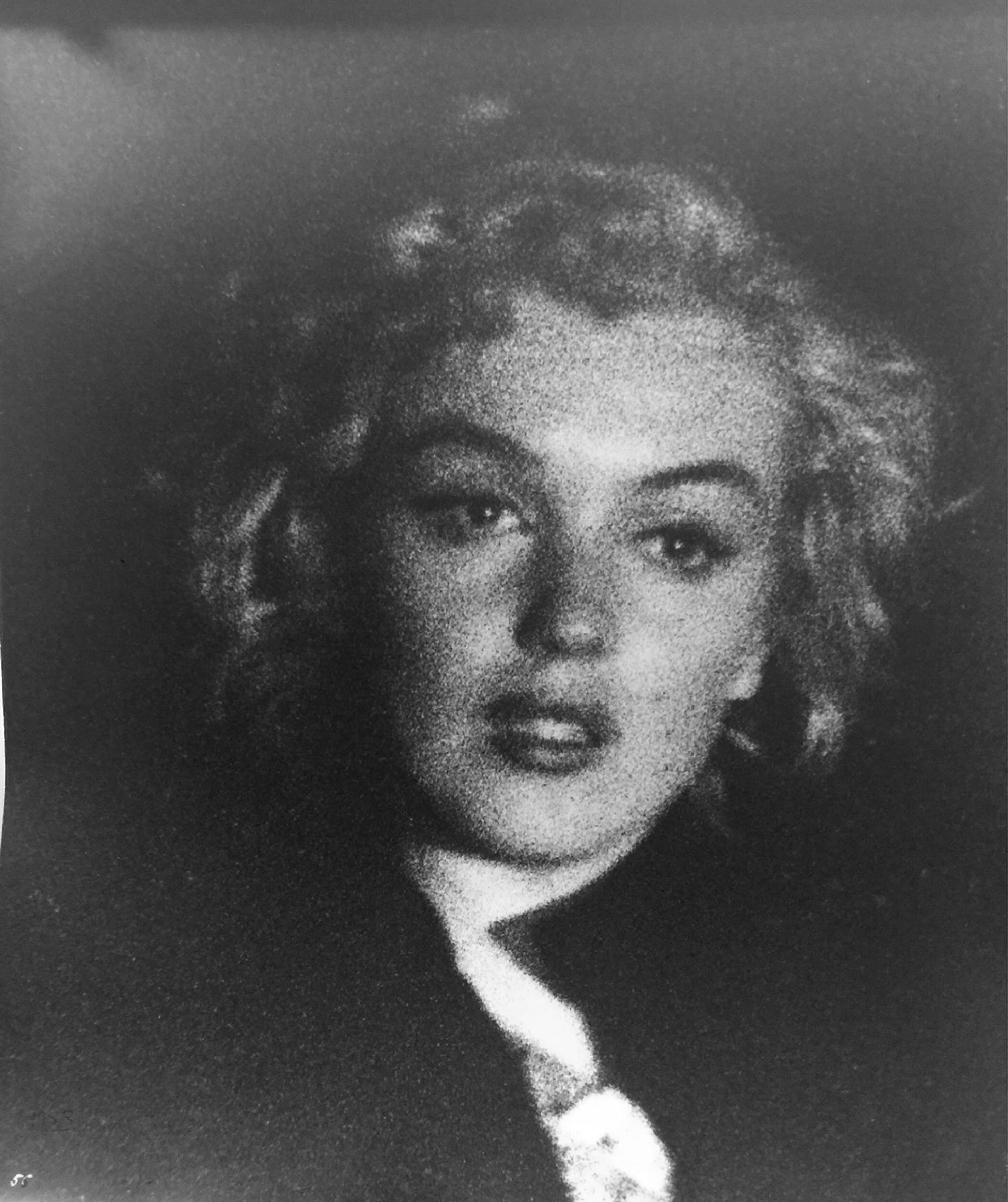
Their last shoot together happened late one night in 1953. Marilyn phoned de Dienes and told him she could not sleep. She proposed that they meet to take pictures somewhere in a dark valley in Beverly Hills.
Without a flash or professional lighting, he lit Marilyn’s face with the headlight of his car.
This was the first time that de Dienes “came face to face with the dark side of Marilyn,” he said. Although they stayed in touch until her death in 1962, that night in Beverley Hills was the last time he ever photographed her.
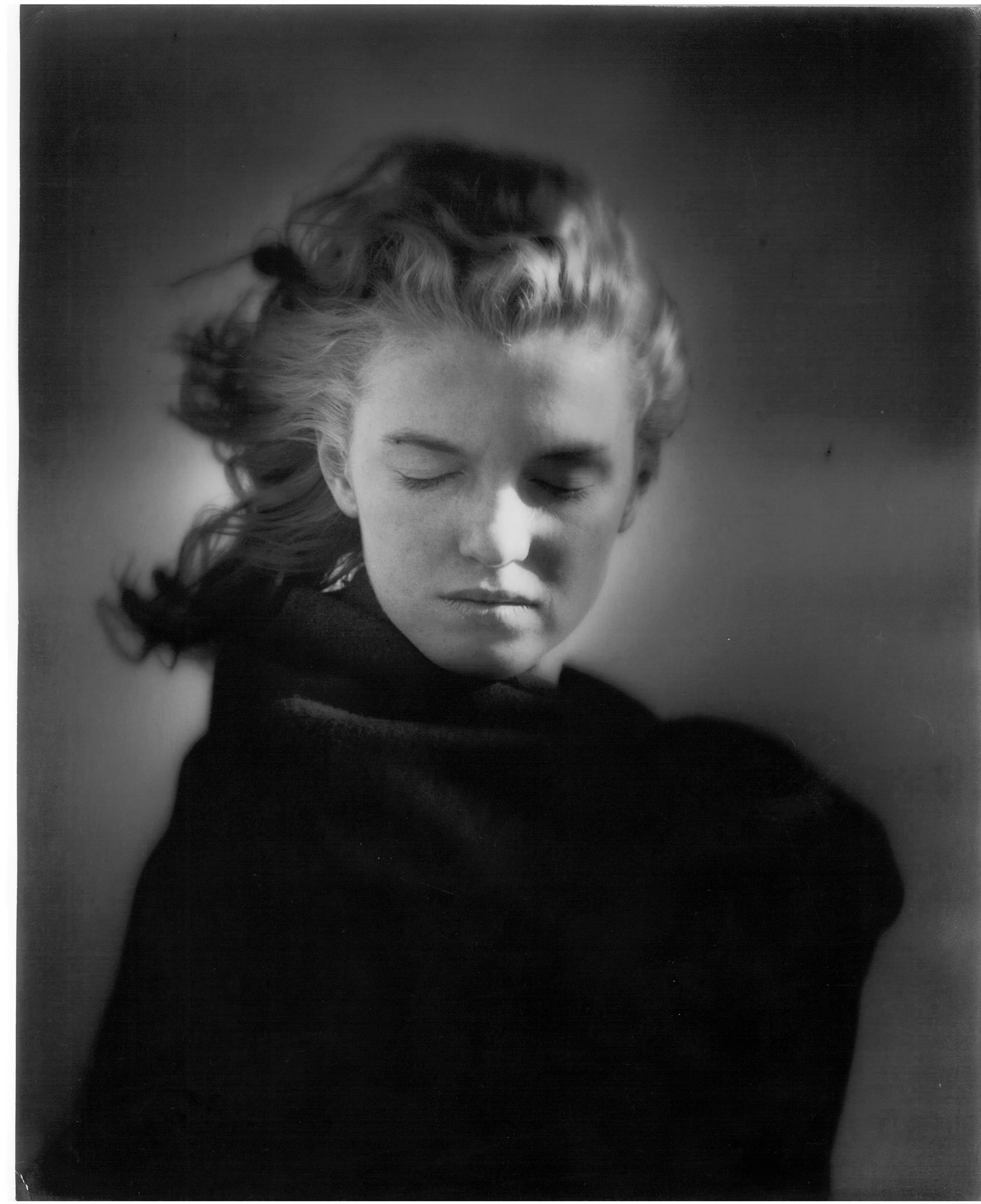
Andre de Dienes was born in 1913 in what is now Romania. After arriving in Paris in 1933, he became a photographer for the Communist newspaper L’Humanité.
He began working as a fashion photographer for Parisian couturiers and moved to New York in 1938, with the help of Esquire magazine editor Arnold Gingrich.
In New York he photographed for Esquire, Vogue and Life before, in 1951, moving to Hollywood. His memoir Marilyn Mon Amour was published in 1985, and, in 2002, Taschen published de Dienes monumental monograph, titled Marilyn.
Andre de Dienes: Marilyn and California Girls will be on view June 9th – July 30th, 2016. Steven Kasher Gallery is located at 515 W. 26th St., New York, NY 10001.
